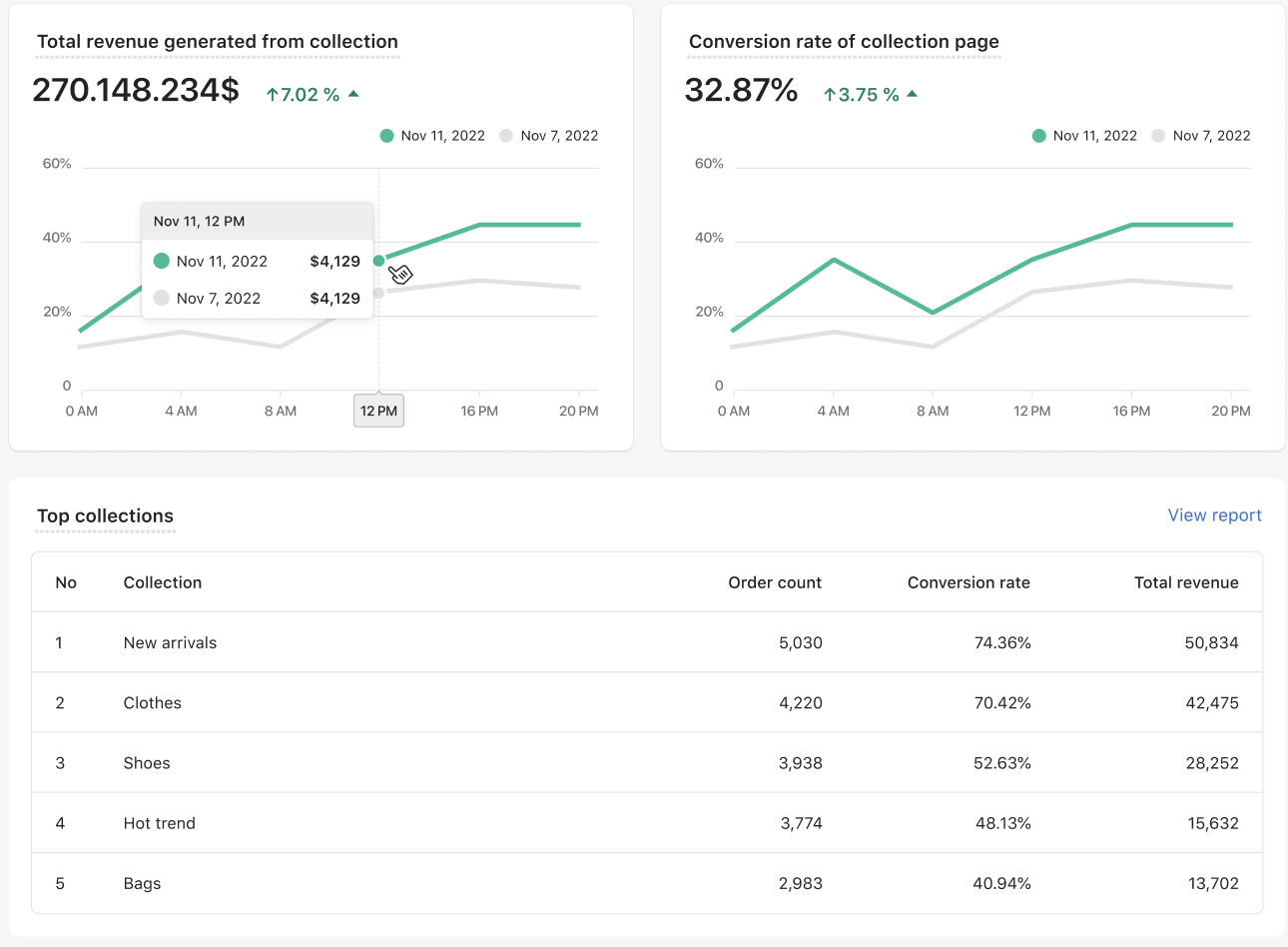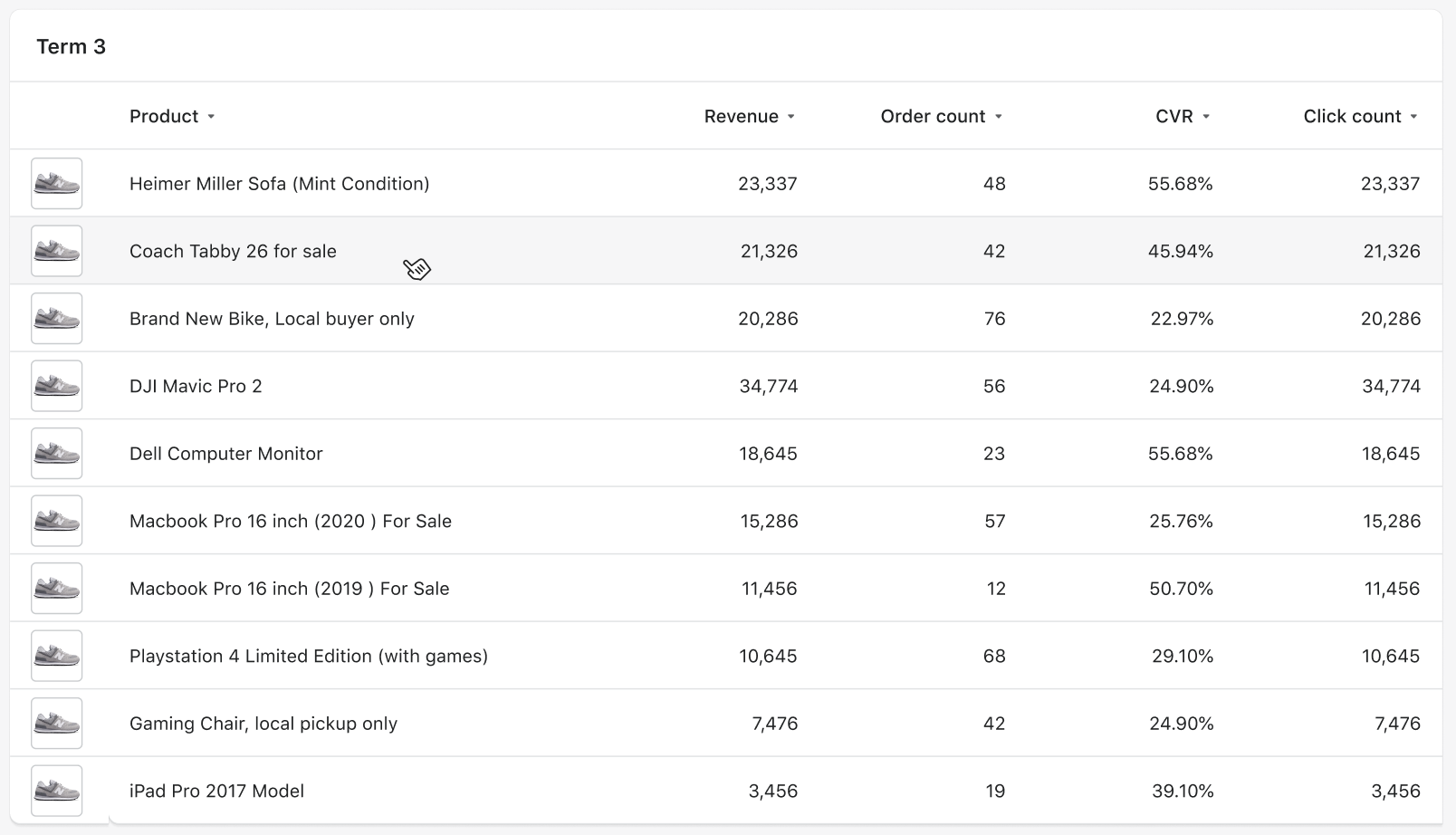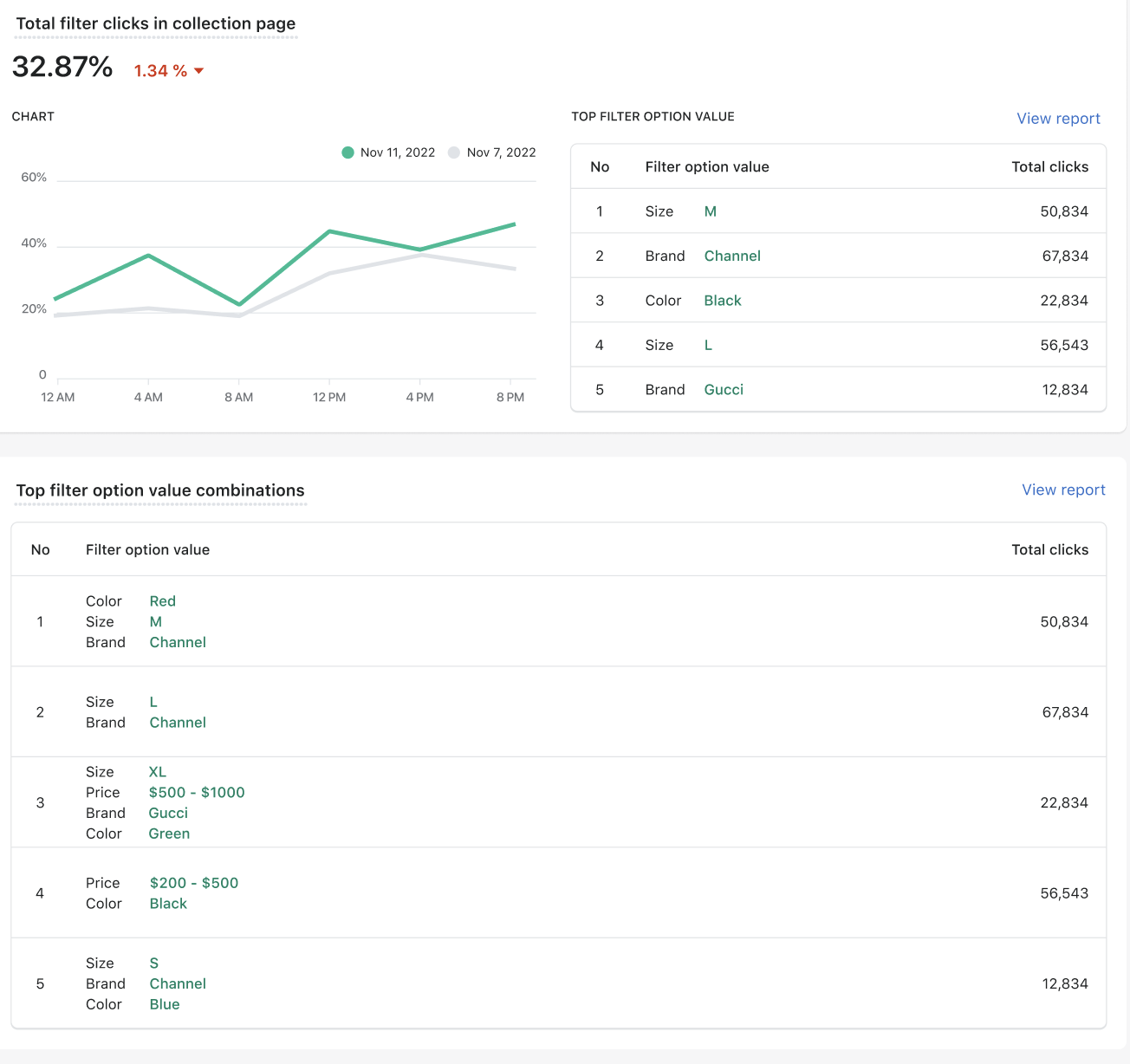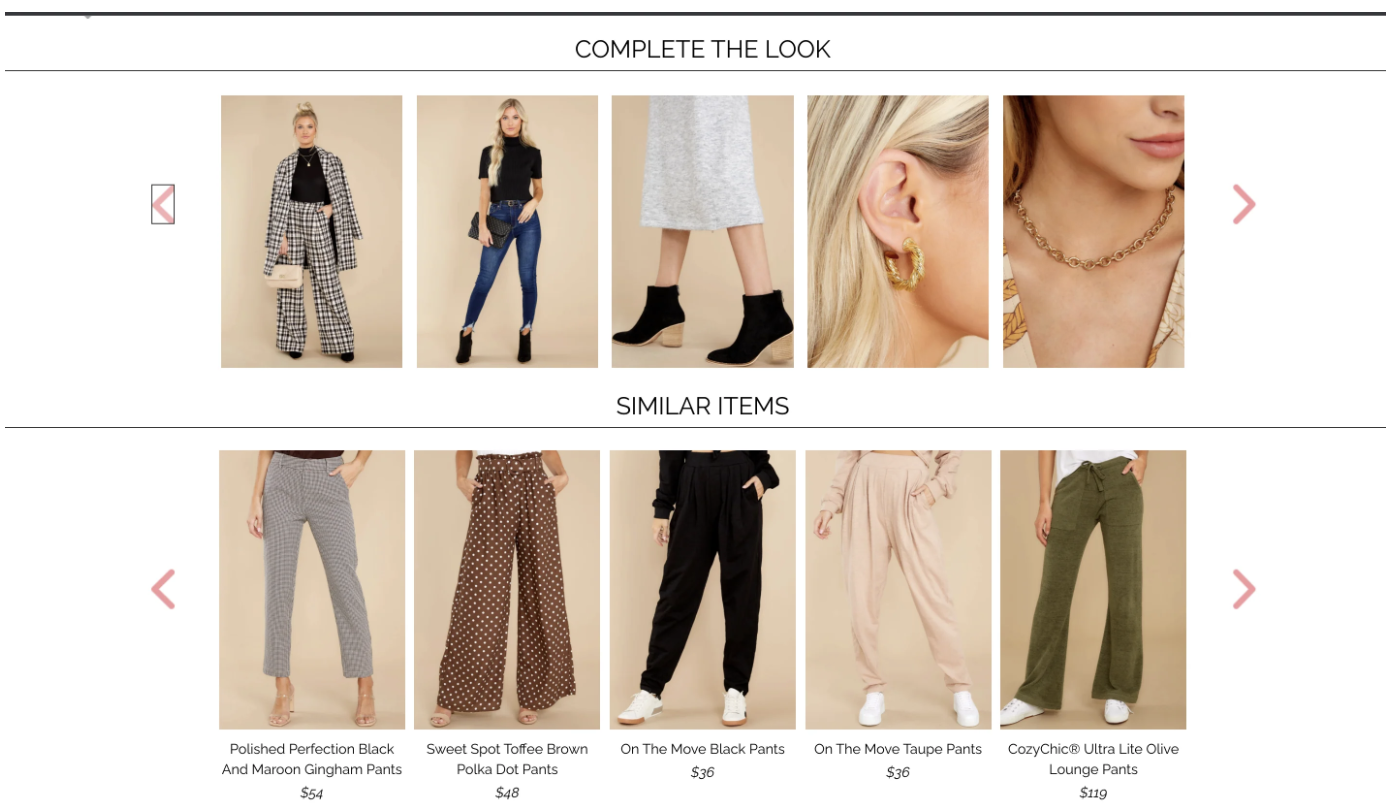What Do Site Search & Collection Analytics Tell About Your Shoppers’ Behavior?

How to Convert Your Website Visitors Into Customers?
26 March, 2022
Want to Succeed in Dropshipping AliExpress Products? These Are the 2 Essentials You Can’t Afford to Miss
31 July, 2025Introduction
Understanding your customers' behavior and preferences is crucial for online business success. Site search and collection analytics provide valuable insights beyond what products and keywords shoppers seek. These takeaways undoubtedly allow you to optimize your website's functionality, improve your offerings, and enhance the customer experience while increasing sales.
Here are the six key aspects that search and collection analytics can tell you about your customers.
Search Behavior
Site search metrics show what users are looking for on a website. It displays the most common search queries, frequently searched keywords, and the number of searches completed. This information assists in determining customers' interests, preferences, and intent while visiting the site.

Aside from top search terms, tracking searches without clicks and queries that brought no results would be best to optimize the search result pages. These metrics help determine whether consumers discover the products or content they seek or if any gaps in the search results must be filled. If these terms are high-volume, you can add synonyms or merchandising rules to improve search performance and keep shoppers engaged.
User Engagement
Analytics can track how users interact with search results and collections. It provides insights into the click-through rates (CTRs) of different search results and collections, indicating which products or content appeal to users. This data helps optimize item presentation and positioning to improve engagement and conversion rates.

Speaking of the performance of collection pages, you’d better keep an eye on metrics like top-performing collections as well as additional ones for a given collection, such as:
- Total revenue from collections: This metric calculates how much income your store generated from filter and search events in a given collection over specified periods.
- Order count of a collection: This measurement can tell you how many orders are produced when customers utilize search or filter functions in a given collection over specified period ranges.
- Collection conversion rate: This indicator can tell how likely customers will buy products in a given collection when they use search and filter throughout specific date ranges.
Conversion Patterns
Analytics can provide insights into conversion patterns by tracking user behavior after searching or viewing a collection. You can identify which searches or collection views led to successful conversions, helping to refine marketing strategies and optimize product placement for more conversions. Furthermore, by bringing in a strategy consultant for e-commerce businesses, you can leverage these insights more effectively, using advanced analytics and predictive modeling to anticipate future trends and adapt your strategy accordingly.

A prime example of analyzing consumer behavior is looking at product performance. You might want to investigate the top-engaged and underperforming products as well as related metrics for each product, such as:
- Revenue: The product's total income generated through search
- Order count: The total number of orders that included a particular product from the search.
- Conversion rate: The percentage of visitors purchasing or putting the product into a cart after searching.
- Click count: The total number of clicks on a product via search.
Popular Filters and Sorting Preferences

The list of filter option value combinations lets the merchant understand the buyers' behaviors, what sparks their interest in their products, and what they look for.
Collection and search analytics can reveal which filters or sorting options are frequently used by shoppers to refine their search results. This information helps merchants understand the criteria their customers consider important and can influence how products or content are presented and categorized.
Customer satisfaction
Site search analytics can measure user satisfaction by tracking the search refinements and the number of searches performed per session. If users are frequently refining their searches or performing multiple searches, it may indicate that they’re finding it hard to locate their desired products, suggesting potential areas of improvement.
Seasonal or Trending Interests
By analyzing the search and collection data over time, you can identify emerging trends, seasonal interests, and shifts in customer preferences. As a result, you will easily take control over inventory management, content creation, and marketing campaigns to align with customer demands.

Apart from presenting related items, Red Dress focuses on cross-selling their products by including a section to show suitable items that will make a complete outfit when a visitor checks the black and white plaid pants. (Source: Red Dress)
Once you understand the trends and shoppers’ demands, why don’t you consider featuring product recommendations to provide customers with more options while increasing AOVs?
To conclude
On-site search and collection performance is often overlooked due to the need for more tools that measure their relevance. Remember that your search results and collection pages are prime real estate which you have complete control over. Search and collection analytics provide the critical data points to help you make wise decisions for your business and assists you in prioritizing the adjustments you must make to return hyper-relevant search results.



